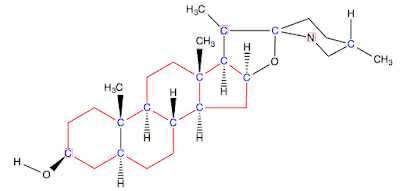Limiting reagents cause focused attention in dark brown, hazel, and blue eyes
Laws of thermodynamics gather shades of brown, olive, yellow, tan, and white
Oxidation number rules are quickly, carefully transcribed
By Papermate pencils tightly gripped by fingernail-chewed hands,
How do I convince them that they are brilliant
That they shine when they solve, explain, and share with each other
How do I help them decimate their low confidence and troubling anxieties
Their capabilities extend as far as they can see themselves where they want to be
How do I lure them into believing they are diamonds in the rough
Not walking wounded
But able-bodied, neuroplastic, thermodynamic, electo-kinetic, spontaneous
Emissions of power, knowledge, and potential







































